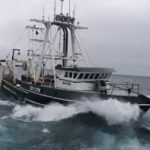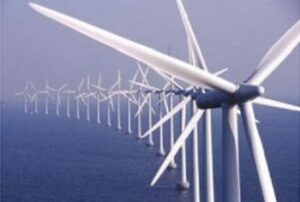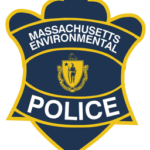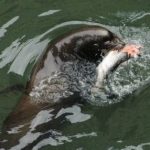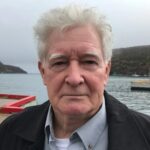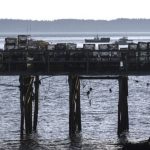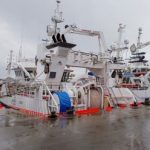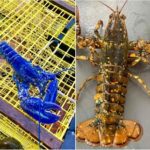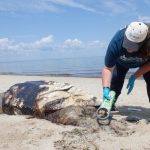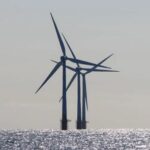Tag Archives: Researchers
Maine researchers, students are sorting through muck and slugs to study baby scallops
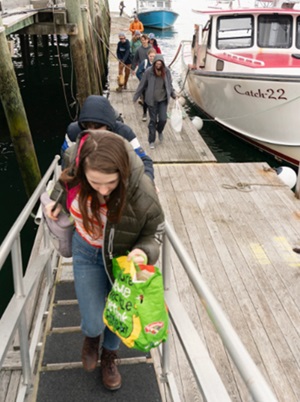 People from each of these groups are collaborating with the Maine Center for Coastal Fisheries, Hurricane Island Center for Science and Leadership and Colby College in the second year of a study meant to help identify how many young scallops there are off Maine’s coast, and where they’re living. The tiny, two-shelled juveniles, or spat, are uniquely important to fishermen who scoop wild scallops from the ocean floor and aquaculture farmers who raise them in contained areas. Unlike most aquaculture farmers who work with other species, scallop farmers can only grow their bounty from wild spat – the same spat that wild scallop fishermen need to feed the general population. Photos, more, >>click to read<< 12:50
People from each of these groups are collaborating with the Maine Center for Coastal Fisheries, Hurricane Island Center for Science and Leadership and Colby College in the second year of a study meant to help identify how many young scallops there are off Maine’s coast, and where they’re living. The tiny, two-shelled juveniles, or spat, are uniquely important to fishermen who scoop wild scallops from the ocean floor and aquaculture farmers who raise them in contained areas. Unlike most aquaculture farmers who work with other species, scallop farmers can only grow their bounty from wild spat – the same spat that wild scallop fishermen need to feed the general population. Photos, more, >>click to read<< 12:50

Black Gill: Shrimpers and scientists collaborate to study parasite
Georgia’s shrimpers are already facing plenty of challenges like high gas prices, inflation and international competition. But climate change is exacerbating a new problem: black gill, a parasite that is decreasing shrimp populations and is worsening with rising ocean temperatures. On Dec. 15, the University of Georgia’s Skidaway Institute of Oceanography invited shrimpers, researchers and other local stakeholders aboard the R/V Savannah to collect samples in the Wassaw Sound and discuss the current research and on-the-water observations of black gill. Black gill is a parasite that lodges itself into shrimps’ gills and feeds on that tissue. It’s a ciliate, a single-celled organism. It gets its name from the shrimp’s immune response to the invader, which turns the gills black as the shrimp’s body tries to fight off the intruder. Photos, >click to read< 10:37
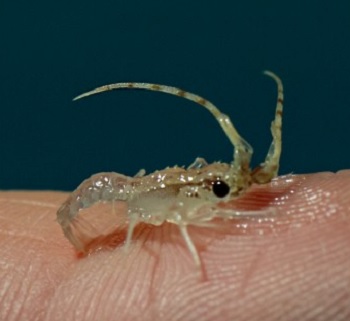
Six tiny lobsters born to save species in Mediterranean
Commonly known as the Mediterranean lobster, it is a vulnerable species. Today a research team from the University’s Stella Mare Laboratory Corsica And the French National Center for Scientific Research has managed to control the breeding of this species. In the picture above a newborn lobster. In the project launched in early 2021, researchers have already obtained six samples of lobster, 83 days after hatching, with encouraging data. >click to read< 18:23
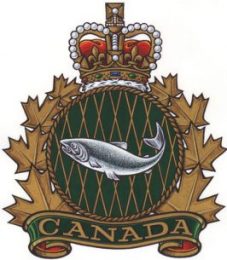
DFO: Lobster Science Partnership Roundtable with Indigenous partners, commercial fishing reps, and researchers
Minister of Fisheries, Oceans and the Canadian Coast Guard, the Honourable Bernadette Jordan, announced the launch of the Lobster Science Partnership Roundtable. On June 15th, Fisheries and Oceans Canada scientists, Indigenous partners, commercial fishing representatives, and other key researchers will come together to discuss their most important research questions and priorities, with the shared goal of increasing our knowledge around lobster stocks. >click to read< 11:22
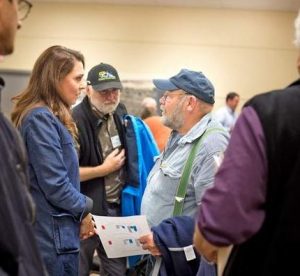
Fishermen, scientists, researchers convene to address reeling coastal communities, fisheries
Commercial fishing fleets are skeletons of their former selves and their communities, once known for their abundant natural resources and food production, are suffering from increased poverty and food insecurity. In response, about 50 state and local officials, scientists, researchers, business owners and fishermen convened Friday, Oct. 5, for a ‘Fisheries Roundtable’ discussion at the Columbia Pacific Heritage Museum in Ilwaco. They explored options to improving coastal fisheries and the communities they serve. >click to read<16:17
As US’ first offshore wind farm takes root, study indicates wind may be more powerful, turbulent than expected
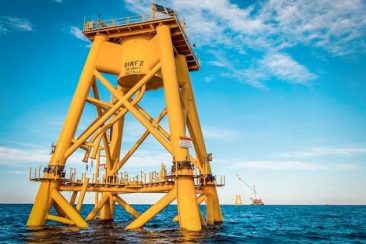 University of Delaware researchers report in a new study that offshore wind may be more powerful, yet more turbulent than expected in the North Eastern United States. The findings, published in a paper in theJournal of Geophysical Research: Atmospheres, could have important implications for the future development of offshore wind farms in the U.S., including the assessment of how much wind power can be produced, what type of turbines should be used, how many turbines should be installed and the spacing between each. The paper’s main finding is that atmospheric conditions around Cape Wind are predominantly turbulent, or unstable, which is in stark contrast to prevailing data from European offshore wind farms in the Baltic Sea and the North Sea. “By contrast, our study found that wind conditions at Cape Wind are unstable between 40 and 80 percent of the time, depending on season and time of day,” Read the story here 20:55
University of Delaware researchers report in a new study that offshore wind may be more powerful, yet more turbulent than expected in the North Eastern United States. The findings, published in a paper in theJournal of Geophysical Research: Atmospheres, could have important implications for the future development of offshore wind farms in the U.S., including the assessment of how much wind power can be produced, what type of turbines should be used, how many turbines should be installed and the spacing between each. The paper’s main finding is that atmospheric conditions around Cape Wind are predominantly turbulent, or unstable, which is in stark contrast to prevailing data from European offshore wind farms in the Baltic Sea and the North Sea. “By contrast, our study found that wind conditions at Cape Wind are unstable between 40 and 80 percent of the time, depending on season and time of day,” Read the story here 20:55
Researchers, shrimpers look for black gill shrimp in Georgia
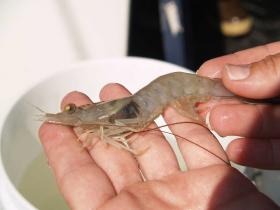 This wasn’t your typical cruise. For starters, the day-long journey around Chatham County waterways on the 92-foot R/V Savannah on Thursday was focused on a tiny parasite on shrimp that turns their gills an unsightly and unmarketable black. And instead of scientists researching the problem by themselves and reporting their results in a scientific journal years from now, they invited along shrimpers,,, Video, Read the rest here
This wasn’t your typical cruise. For starters, the day-long journey around Chatham County waterways on the 92-foot R/V Savannah on Thursday was focused on a tiny parasite on shrimp that turns their gills an unsightly and unmarketable black. And instead of scientists researching the problem by themselves and reporting their results in a scientific journal years from now, they invited along shrimpers,,, Video, Read the rest here
A king without a crown: Chinook vulnerable to ocean forces
 Editor’s note: This is the ninth in the Morris Communications series – “The case for conserving the Kenai king salmon.”Alaska’s long-lived monarch — the king salmon — has fallen from its throne. The species, which once thrived as a fabled ruler in state waters, was sought-after by fisherman from all over the world. Their massive presence in rivers like the Kenai, the Yukon and the Taku, to name only a few, brought sport and commercial fisherman to banks and river mouths for a chance to harvest this mighty resource. Read more@alaskastar 08:48
Editor’s note: This is the ninth in the Morris Communications series – “The case for conserving the Kenai king salmon.”Alaska’s long-lived monarch — the king salmon — has fallen from its throne. The species, which once thrived as a fabled ruler in state waters, was sought-after by fisherman from all over the world. Their massive presence in rivers like the Kenai, the Yukon and the Taku, to name only a few, brought sport and commercial fisherman to banks and river mouths for a chance to harvest this mighty resource. Read more@alaskastar 08:48

































